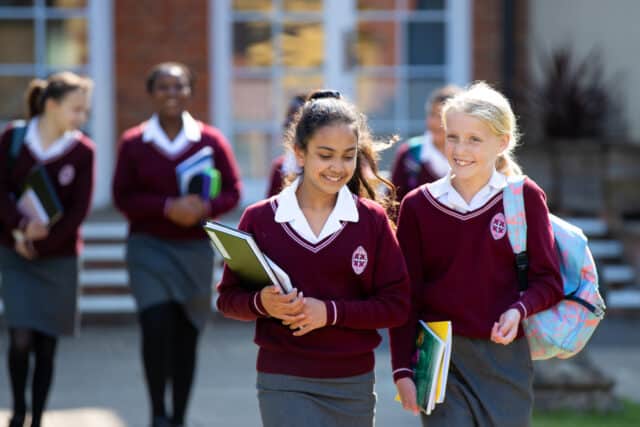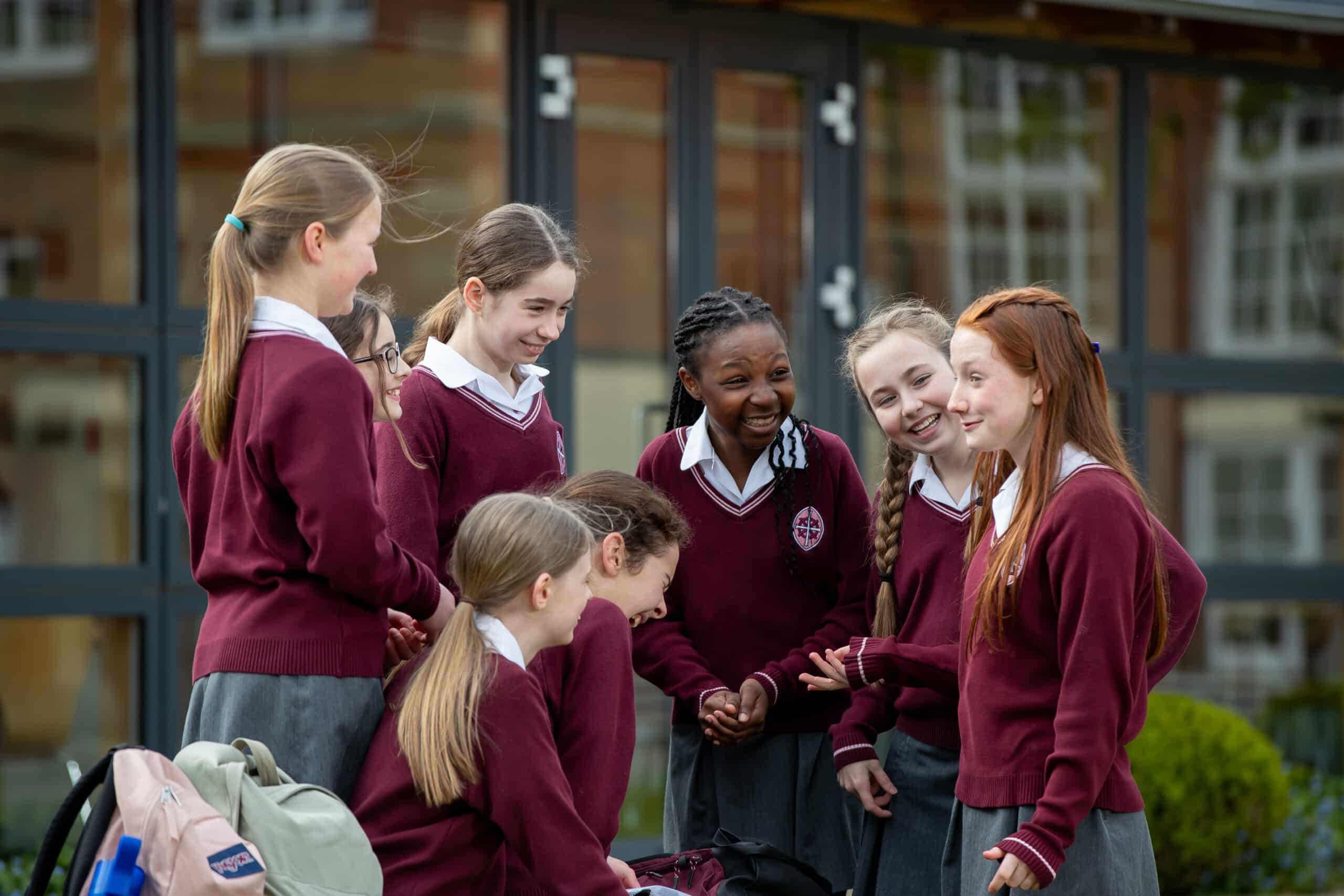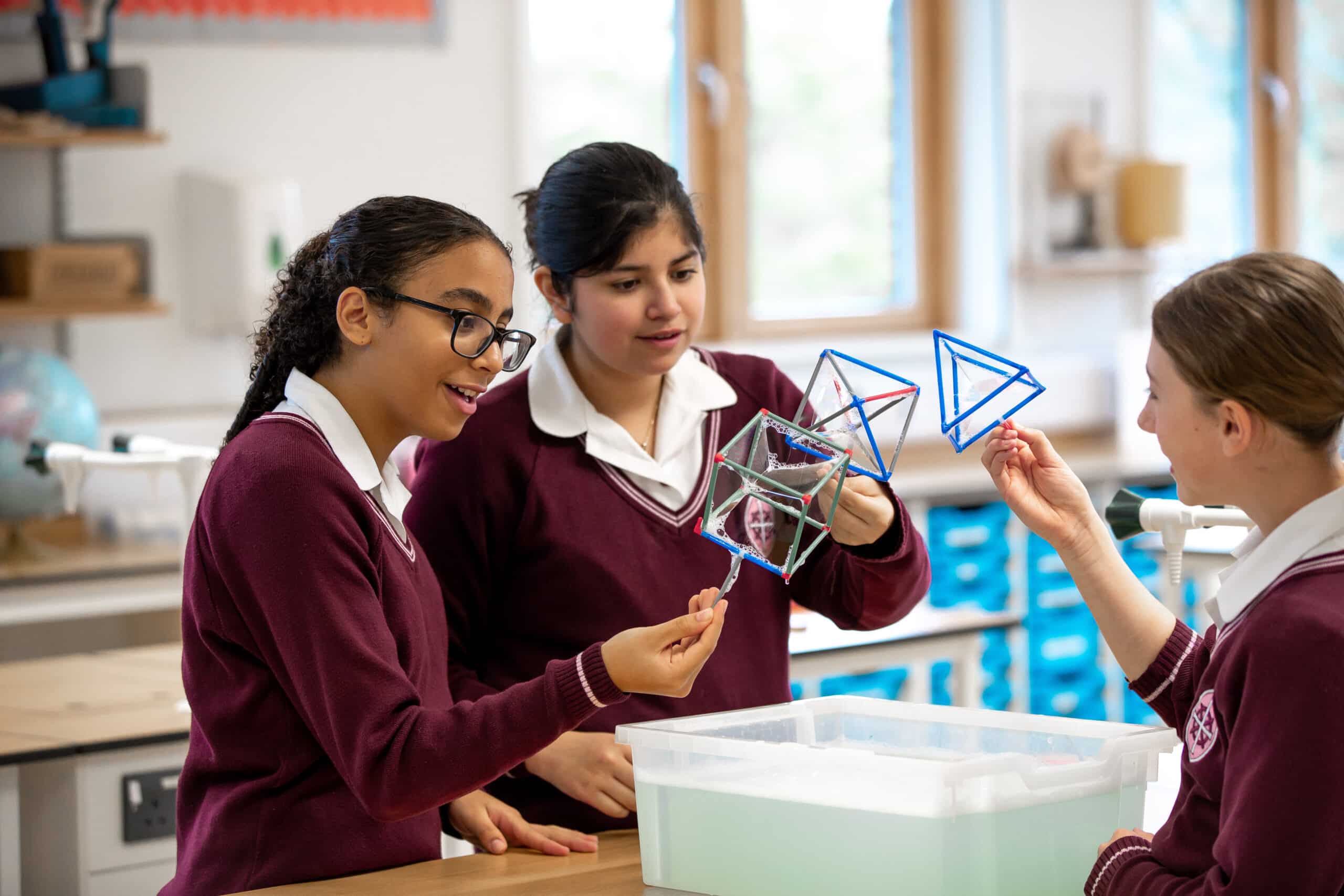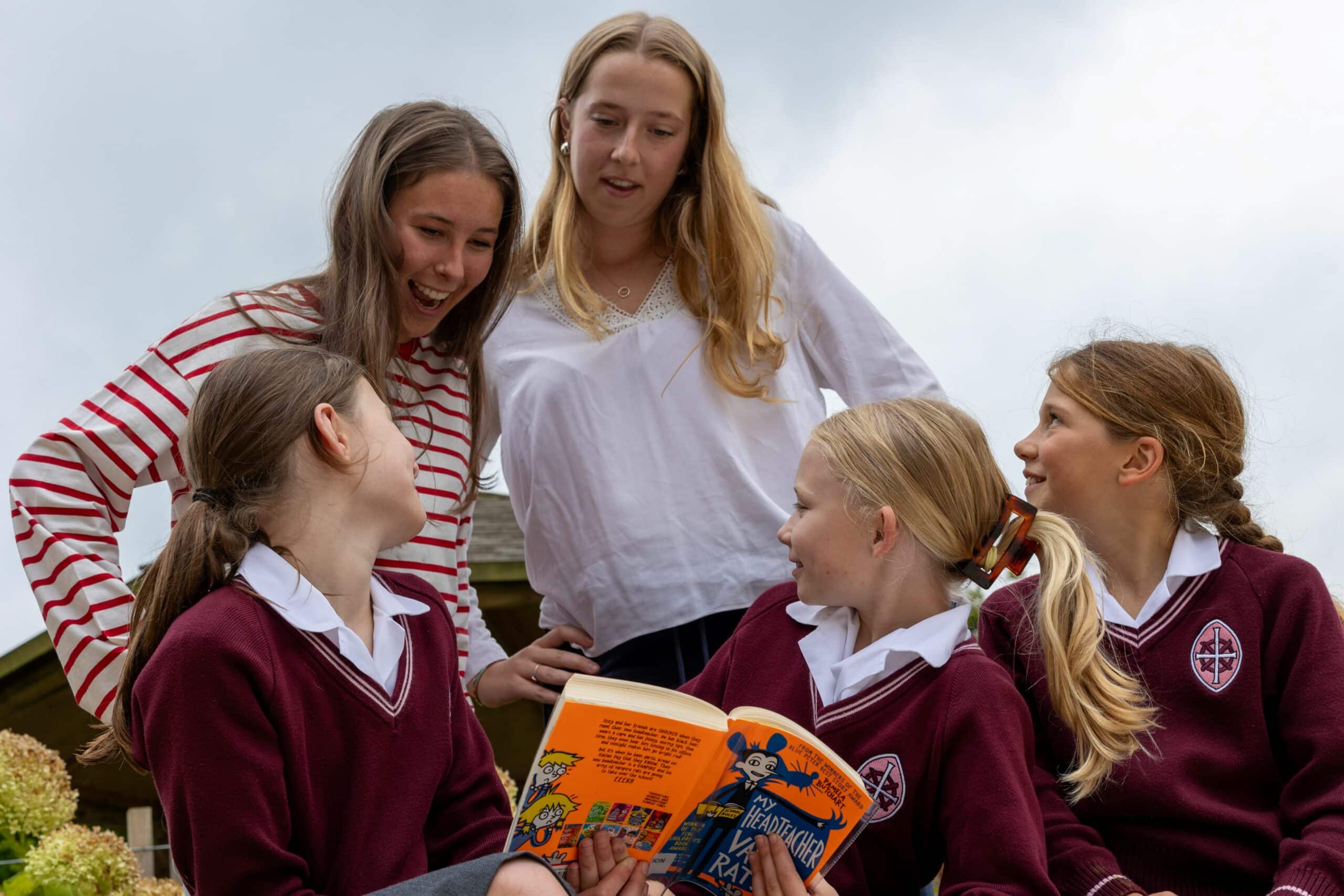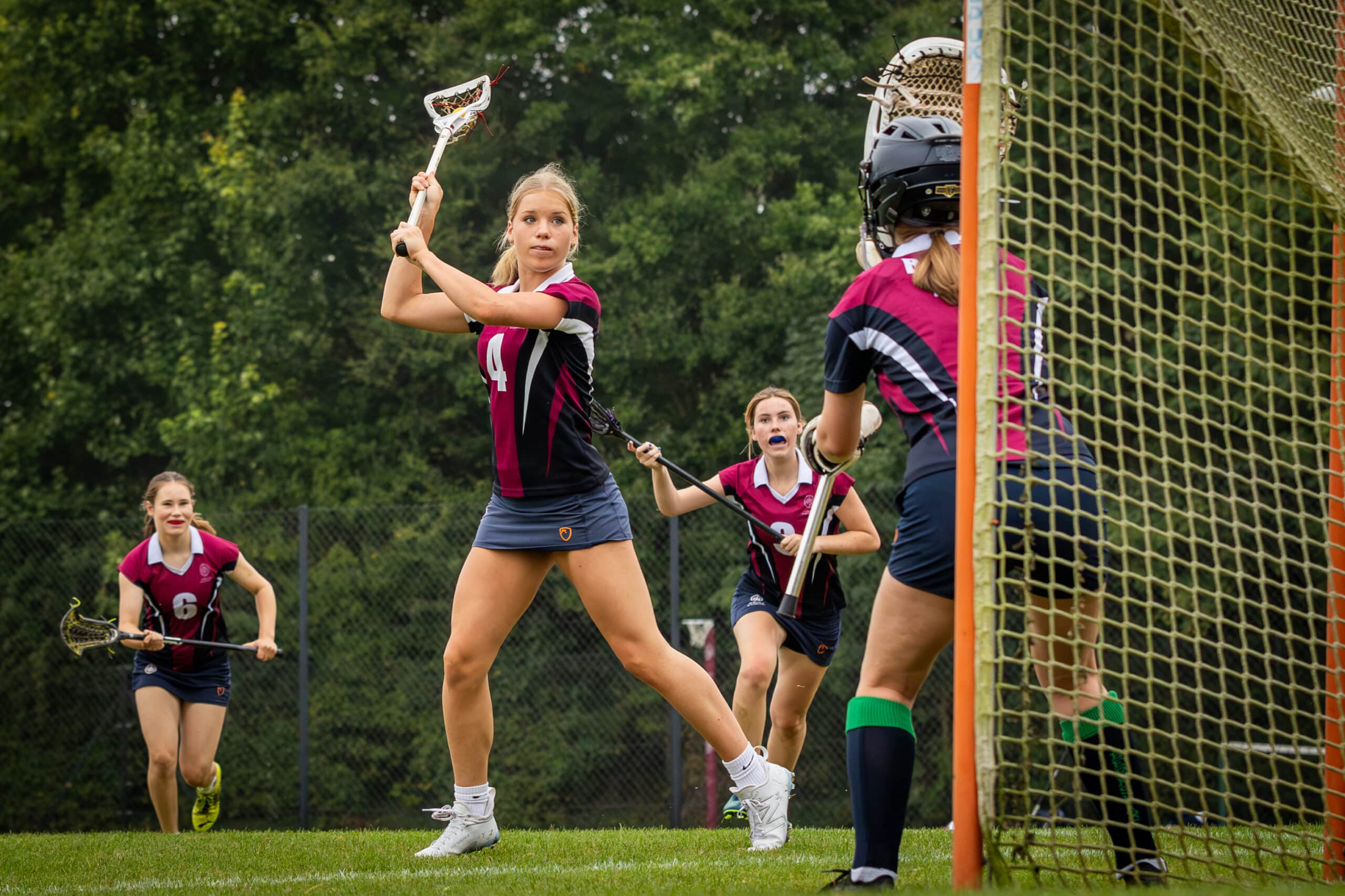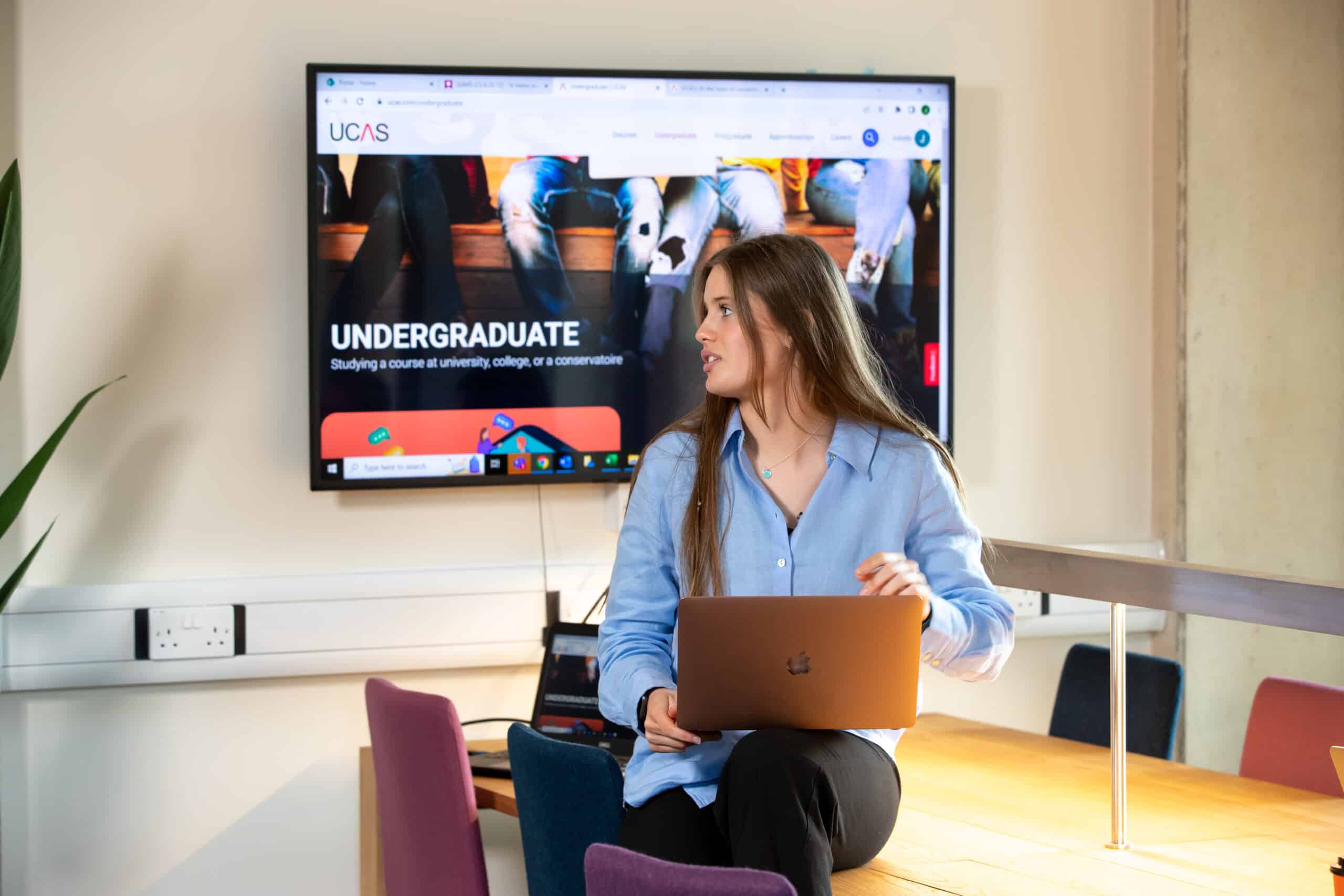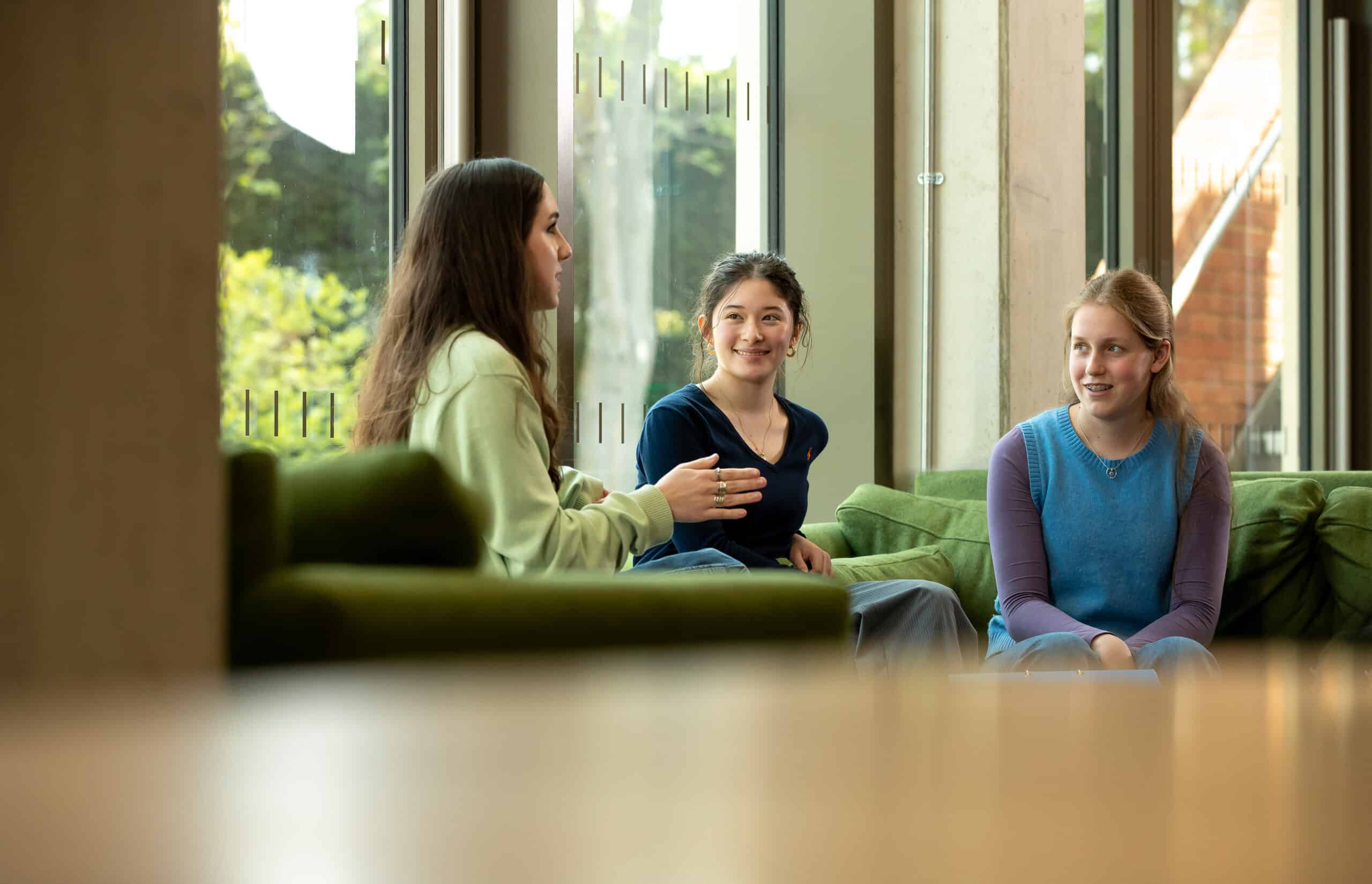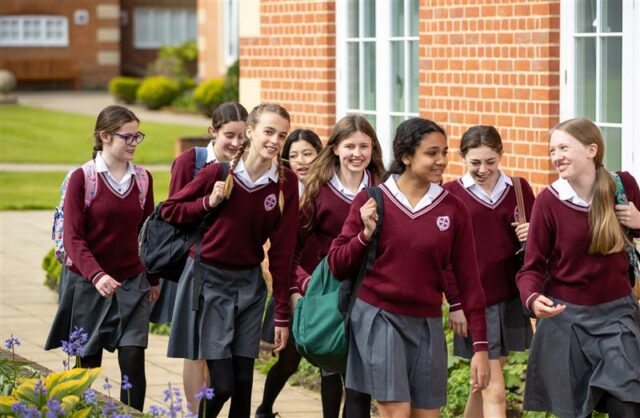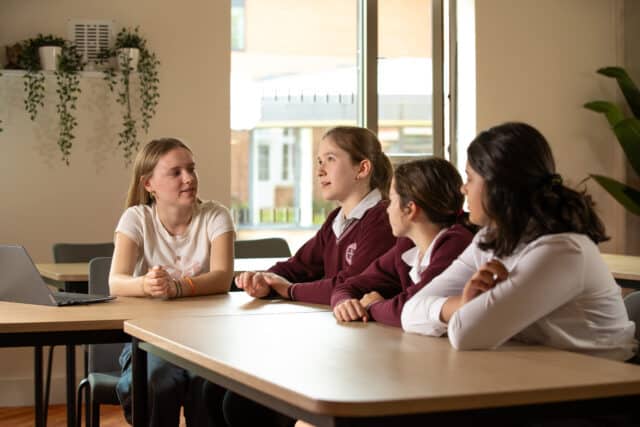Physical literacy
Although the term literacy simply refers to the ability to read and write, an expanded view of this term includes components of knowledge, understanding, and thinking. The same goes for physical literacy, it is about moving proficiently in a variety of physical activities with confidence, competence and enthusiasm. This requires knowledge, understanding and thinking, not just the act of doing. Therefore developing physical literacy or competence is at the core of everything we do at St Helen’s. This is mainly based around our Fundamental Movement Skills (FMS) which we will come onto later in the blog.
Neuroplasticity
Having students from age 9–18 means that we have to be aware of the impacts of puberty and maturation as discussed in the previous blog. Another consideration of this period of time is neuroplasticity and its potential impact on motor skill development. Neuroplasticity refers to the brain’s capacity to adapt and reorganise as we experience and learn different tasks. Every time a skill is performed our brain refines and reinforces that motor pathway, regardless of whether it was performed correctly or incorrectly. Our brain and spinal cord contain grey matter (GM) which is responsible for the motor control and sensory perception in our body. Studies indicate that there is an increase GM density during childhood, followed by a loss of GM density after puberty. Essentially this means that the more and better-quality movement (physical literacy development) achieved before puberty the higher the enhanced potential.
Fundamental Movement Skills
As such, rather than have one separate ‘class’ of athletic development, developing physical literacy is a core principle throughout. By developing athletic development themes throughout our curricular and sporting programme, it reinforces the importance of developing the underpinning skills to compliment sporting skills. As an example, the warm-up is a fantastic opportunity to develop physical skills before the main activity, much like a musician would warm-up with some scales or chords; reinforcing and developing some underpinning movements to the main sport is key. For example, in netball there is a huge emphasis on single-leg strength and stability, acceleration and deceleration, and landing skills to perform well in the sport. The warm-up should focus on developing the movement skills and physical qualities that underpin these aspects at the appropriate level for the group.
The main component of our physical literacy development is our Fundamental Movement Skills. These are the global movements and locomotion skills of: Squat – Hinge – Lunge – Push – Pull – Brace – Rotate – Jump – Land – Rebound – Accelerate – Decelerate – Change of Direction. More locomotive and manipulative skills like rolling, crawling, throwing and catching could be included too but this is the simplified version.
These FMS are in all our PE lessons at all age groups as either a core focus or in the physical underpinning section. Our Year 7, 8 and 9 FMS units of work have replaced the HRE (Health Related Education) modules to instill the development of physical literacy as early as possible and continue through the main stages of puberty.

